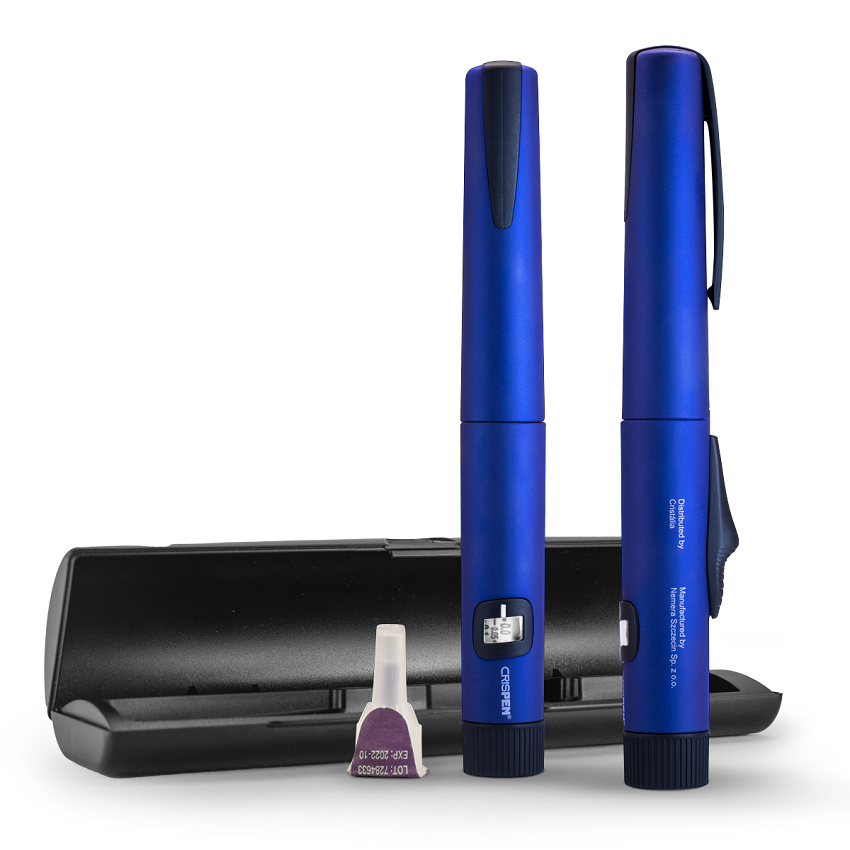Improving Clinical Outcomes with a Patient-Centric and Reusable Pen Platform
23/06/2022

Cécile Gross and Radosław Romańczuk discuss Nemera’s Pendura AD pen platform and present case studies demonstrating how it can be tailored to address the user’s needs and meet pharma industry constraints.
The year 2022 celebrates the 100th anniversary of the first insulin injection performed on a human being, a 14-year-old boy suffering from Type 1 diabetes. This ground breaking scientific and clinical achievement occurred in Canada, although the disease had been identified by Aretaeus, a disciple of Hippocrates, around 100 AD. Since then, diabetes has become a chronic disease classified by the WHO as one of the four main non-communicable diseases.
One main revolution is the drug itself: patients now have access to human as well as analogue drugs. Another revolution is related to drug delivery devices: we have turned the corner from simple glass syringes to safe, self-administered injection devices. Both customer and patient requirements have forced manufacturers to improve their technology and provide best-in-class devices.
Benefiting from 10 years of experience and market presence, Nemera’s Pendura AD platform encompasses all the features needed to comply with any requirement. From the beginning of the device conception, the context of growing prevalence of chronic diseases has been central. The burden of lifelong treatment is cumbersome for patients, and treatment adherence becomes crucial in order to ensure clinical outcomes. For example, several acceptability studies have been conducted focusing on insulin-naïve individuals.2,3 The learning curve is also at stake; it goes without saying that psychological considerations must not be underestimated. Overall, it is a question of accuracy, limited pain and discretion.
This article discuss how Nemera’s Pendura AD platform has been conceived from the patient’s perspective, but healthcare professionals have not been forgotten. Even if the device is a self-administered device, these professionals are heavily involved in educating patients.5 They are first to deal with adverse clinical outcomes; for them, the device must be easy to learn, easy to prepare and easy to administer. Nurses, as healthcare professionals on the frontline, allocate a great deal of attention to training time. Because their own caring time per patient is limited, so is training time. Simplicity of use is mandatory and a key concern, as a complex-to-use or non-reassuring device inevitably results in longer training or the device will, in the end, not be used at all. In the same way, the combination drug and device are part of the overall treatment protocol. If using the drug delivery device may jeopardise the clinical outcomes of the treatment, the device will not be demonstrated, recommended or prescribed. So, the same device features also provide benefits for this category of stakeholders.
To read the full magazine : HERE
To read Nemera’s article: HERE
About Nemera
As a world-leading drug delivery device solutions provider, our purpose of putting patients first enables us to design and manufacture devices that maximize treatment efficacy. We are a holistic partner and help our customers succeed in the sprint to market of their combination products. From early device strategy to state-of-the-art manufacturing, we’re committed to the highest quality standards. Agile and open-minded, we work with our customers as colleagues. Together, we go the extra mile to fulfill our mission.
For more information, visit www.nemera.net


